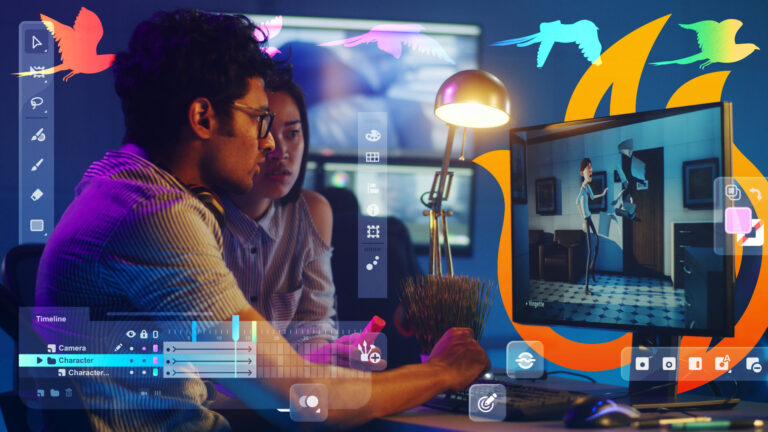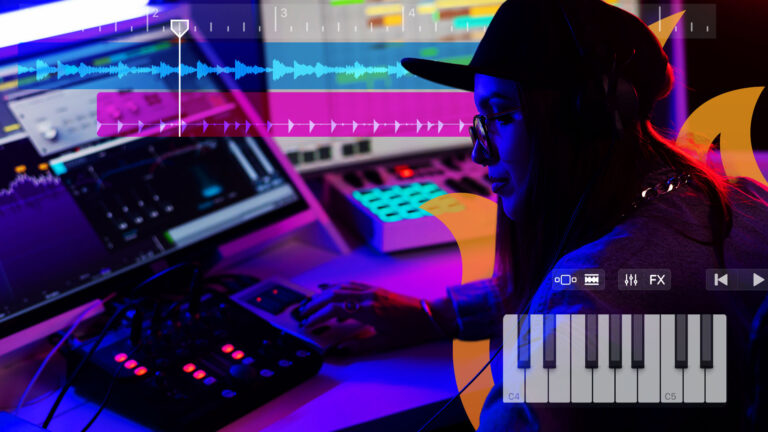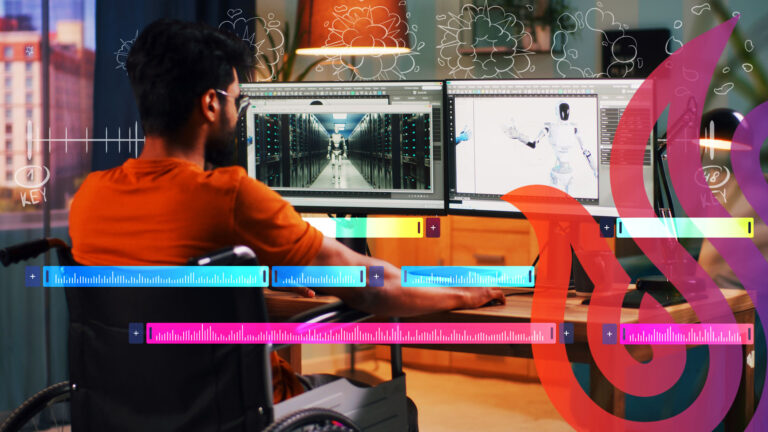The world of digital entertainment is filled with jargon and technical terms that you must learn about to become a professional artist. They might look and sound the same to the untrained person, but a talented creator can discern the subtle differences in each concept. A prime example of this is the difference between traditional animation and VFX production. While both involve moving images that make scenes more appealing, they are fundamentally different at their core.
What Does a 3D animator Do?
3D animators have many tasks to perform throughout a development cycle. As development cycles can last for years, the nature of your assignments is based upon when you join the team. Rather than list all the individual responsibilities of a 3D animator, it is prudent to summarize the role through the core concepts applied. Animation is the art of breathing life into a scene by adding motion to it. Both objects and characters are liable to move in some capacity to make a digital world feel alive.
Animators follow a core set of twelve principles when adding motion to a scene. You will learn about each principle during your formal education. Then, you will apply each of the twelve principles to any creative endeavor you embark upon. Understanding why a character should be squashed and stretched will greatly improve the quality of your animations. When each principle is applied effectively, the result is an immensely appealing piece of art.
What Does a VFX Specialist Do?
Although VFX is similar to animation on the surface, the responsibilities are quite different. A VFX artist is tasked with improving the style of a scene using particle and shader effects. For instance, a VFX artist will add satisfaction to a punch thrown to the face by adding some visual flair and sometimes an accompanying sound effect. The visual cue can be a flash of energy as seen in many anime productions or could be a glob of saliva leaving the punched person’s mouth. As for audio, a simple thud can help convey the impact of the blow.
VFX work often comes near the end of a project, which influences the role to a significant degree. The budget is established well before a VFX artist will be hired, so they must manage the available resources accordingly. In addition to creating effects, a VFX specialist may also direct lighting and other environmental factors that influence how the final visual is perceived. Certain actions look better at night than during the day, for example.
What is the Difference Between Animation and VFX?
In basic terms, animation is the foundation of any given scene as motion is required for characters and objects to interact. These interactions facilitate the progression of the narrative on display. On the other hand, VFX serves as additional polish that makes the baseline animations more appealing. In the example used above, the movement of the arm during the punch is the animation. The flash of energy surrounding the arm is the VFX. The reaction of the punched character is an animation. The saliva flying out of their mouth is the VFX. Both concepts are important for selling the impact of the punch to the audience as well as making the interaction more satisfying.
How Do You Become a 3D Animator?
The most straightforward way to become a 3D animator is to attend a formal education program from a creative arts college. Decades ago, there were not many resources available for aspiring digital artists. However, the exploding demand for animators has created a need for dedicated education programs. These programs help you learn the necessary skills and kickstart your career in animation. As you will soon see, the curated nature of formal education makes it stand out when compared to a self-study alternative.
Although you may be tempted to learn animation yourself with online tutorials, this approach has many hurdles to overcome. The quality and relevance of each tutorial varies dramatically. This leads to many gaps in your knowledge and understanding. You may also find it difficult to acquire the proper hardware and software, as professional animation requires an expensive setup. Going with this structured program comes with many benefits.
Why is a Formal Education in 3D Animation Important?
There are several key factors that make formal education important. If you have a fervent desire to pursue a career in animation, you will want to give yourself the highest possible probability of success. Each of the benefits listed below will noticeably improve your chances of succeeding in the professional world. Since your creative arts college will offer each of these benefits, enrolling is the best thing you can do to improve your odds of achieving your goal.
Avoid Knowledge Gaps
The random online resources that teach you how to animate can be disjointed and full of inconsistencies. Without a proper structure, you will miss key details that will make the quality of your work suffer. Animation is a complex artform in which each concept builds upon the last. Staying organized while learning the tools of the trade is important. An immense amount of time can be wasted when lessons are taken out of order.
Your formal education program features a structured curriculum optimized for learning. Industry professionals curate the classes and have determined the best way to teach new generations of artists. It is wise to take advantage of the expertly crafted training regimens offered at a creative arts college.
Getting Familiar with Industry Standard Hardware and Software
To create 3D animations at a professional level, you will need expensive industry standard hardware and software. The producers of this equipment sell their wares with large businesses in mind. This makes it challenging to create a professional environment in your personal studio, when starting out. However, each of your classes will provide what you need to work on your own projects in class.
In addition to the quality boost your work will instantly receive, the valuable experience working with industry standard hardware and software will give you a leg up on the competition when it comes time to find a job. Knowing how to use industry standard software while navigating a professional workstation will instill confidence. This will help can fit right in with your new studio.
Gain Access to Industry Experienced Instructors
Each class in a 3D animation degree program is instructed by someone with professional credentials. This means your teachers will have their names in the credits of published animated works. Talking to and learning from someone who has already walked the same path you are embarking on is valuable. Not only can you inquire about the things that still mystify you about the entertainment industry, but you will also get knowledge you never would have thought to ask about. The instructors will know what potential employers are looking for and guide you accordingly.
Ample Opportunities for Practice and Mentorship
Since many of your classes revolve around creating your own projects, you will have many chances to practice your skills before stepping into the real world. Like with any discipline, practicing animation will improve your confidence. You are also safe to stumble a bit while still in the classroom environment. Since major animation projects can cost millions of dollars, mistakes on the professional stage are not taken to kindly.
As you work on projects and practice your unique style, the instructors can give you earnest feedback and suggestions based on what you produce. Art is a personal topic, so general education only takes you so far. Having an experienced mentor to teach you is the ideal way to work through the initial growing pains of mastering a new artform. Be sure to spend as much time as possible prototyping new ideas and getting feedback from your instructors.
Building an Industry Network
The more people you know within the entertainment world, the more potential contracts and job leads you have at your disposal. Positions in animation studios can be filled quickly. Having a friend at the studio may be all you need to find your dream job.
While enrolled in a 3D animation program, you will meet plenty of aspiring artists. A respectable number of them will be industry professionals someday. Getting to know as many people as possible throughout a degree program exponentially increases your ability to remain employed throughout your career.
Career Services
One of the best benefits of attending a formal education program comes at graduation. Your creative arts college has a career services staff that will help introduce you to studios in the local area. A creative arts college will have a vast network of contacts at various studios and animation houses. Graduates can supply their interests and skillset to be matched with potential employers with relevant positions.
Want to Learn More?
If your passion is for visual effects, 2D or 3D animation, or concept art for video games or blockbuster films, this is the Digital Arts & Animation degree program for you. Gain the digital arts and animation skills you need to kick off your career in this dynamic and growing industry.
University of Silicon Valley is uniquely poised to offer a meaningful and valuable education for 21st century students. We believe in an education that directly correlates with the work you’ll be doing after you graduate. Interested in learning more? Contact Us today.


